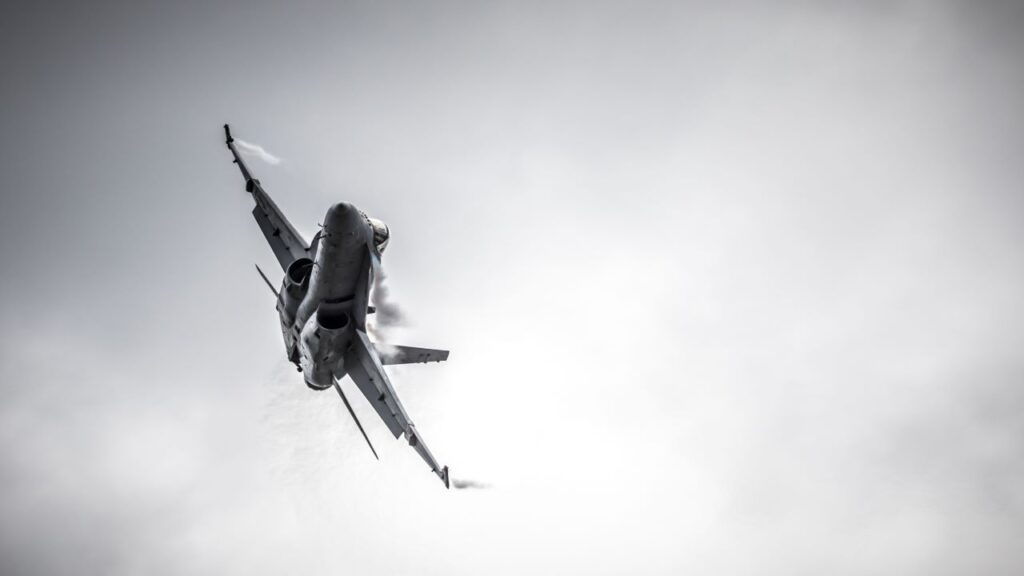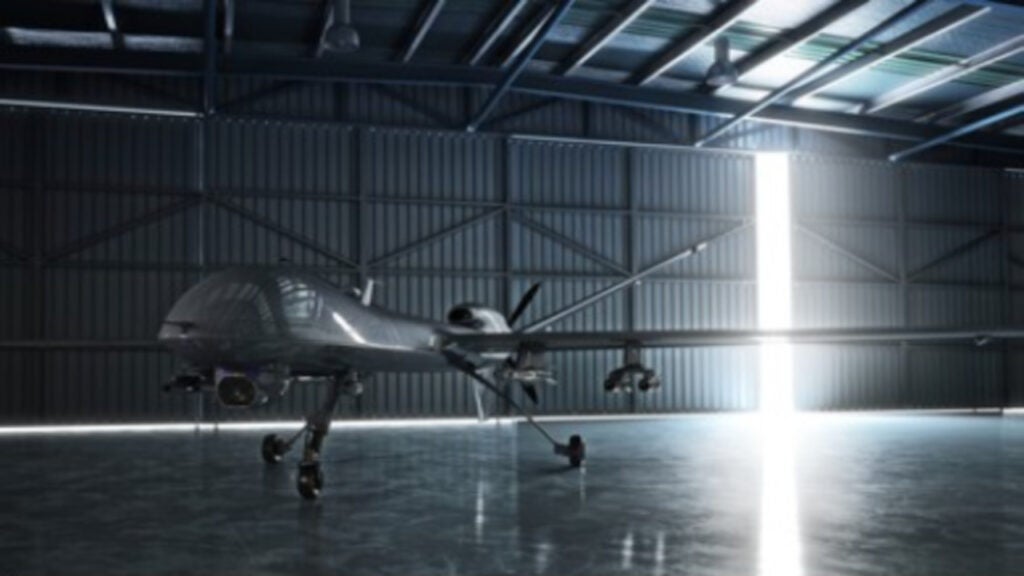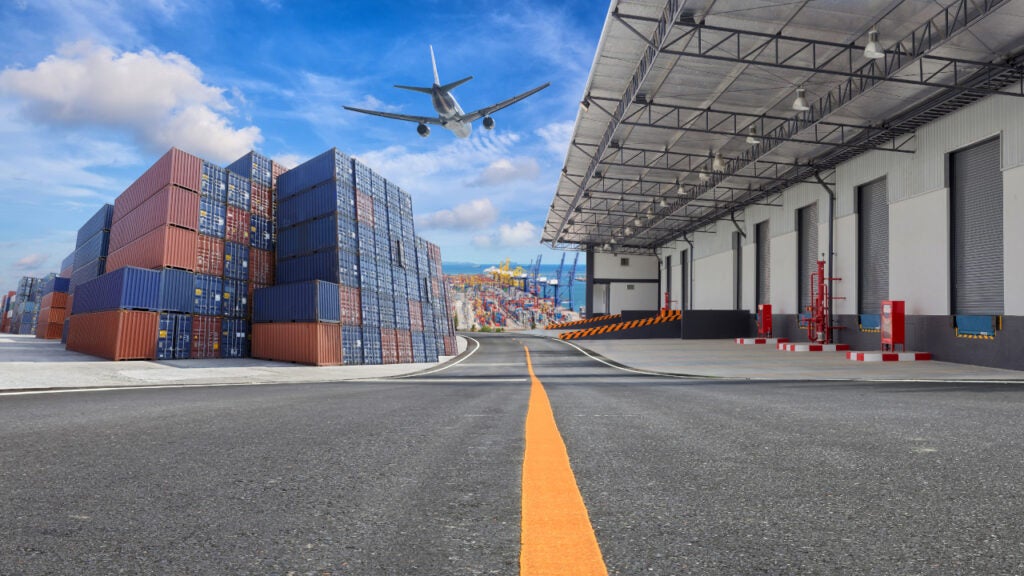The aerospace and defence industry continues to be a hotbed of innovation, with activity driven by the conflict in Ukraine, the need to combat emerging technologies, and growing importance of technologies such as AI and computer vision. In the last three years alone, there have been over 174,000 patents filed and granted in the aerospace and defence industry, according to GlobalData’s report on Robotics in Aerospace, Defence & Security: Remote-controlled drone imaging.
However, not all innovations are equal and nor do they follow a constant upward trend. Instead, their evolution takes the form of an S-shaped curve that reflects their typical lifecycle from early emergence to accelerating adoption, before finally stabilising and reaching maturity.
Identifying where a particular innovation is on this journey, especially those that are in the emerging and accelerating stages, is essential for understanding their current level of adoption and the likely future trajectory and impact they will have.
180+ innovations will shape the aerospace and defence industry
According to GlobalData’s Technology Foresights, which plots the S-curve for the aerospace and defence industry using innovation intensity models built on over 262,000 patents, there are 180+ innovation areas that will shape the future of the industry.
Within the emerging innovation stage, collision avoidance for robots, computer vision for autonomous navigation and autonomous control systems are disruptive technologies that are in the early stages of application and should be tracked closely. Agri drones, UAV swarm control, and drone flight control system are some of the accelerating innovation areas, where adoption has been steadily increasing. Among maturing innovation areas are sensor-guided aiming assists and parasite drones, which are now well established in the industry.
Innovation S-curve for robotics in the aerospace and defence industry

Remote-controlled drone imaging is a key innovation area in robotics
Remote-controlled drone imaging refers to the process of drones carrying out photography or imaging exercises, and patents involve camera quality as well as the drones themselves.
GlobalData’s analysis also uncovers the companies at the forefront of each innovation area and assesses the potential reach and impact of their patenting activity across different applications and geographies. According to GlobalData, there are 40+ companies, spanning technology vendors, established aerospace and defence companies, and up-and-coming start-ups engaged in the development and application of remote-controlled drone imaging.
Key players in remote-controlled drone imaging – a disruptive innovation in the aerospace and defence industry
‘Application diversity’ measures the number of different applications identified for each relevant patent and broadly splits companies into either ‘niche’ or ‘diversified’ innovators.
‘Geographic reach’ refers to the number of different countries each relevant patent is registered in and reflects the breadth of geographic application intended, ranging from ‘global’ to ‘local’.
SZ DJI Technology is one of the largest patent filers in remote-controlled drone imaging. The company has a range of small drones and photography drones which can be utilised for commercial or industry purposes. The cameras can produce high-resolution images and have been developed for use by various companies across industries including agriculture. The second largest company is Sony Group, which is a producer of a number of lightweight commercial drones that can be utilised for a variety of purposes. Some other key patent filers in the industry include SAMSUNG, Canon and Autel Robotics USA.
In terms of application diversity, Isolynx is the largest company, with Guangzhou Xaircraft Technology and Sony Group in second and third places, respectively. By geographic reach, Korean Air Lines ranks first, followed by Israel Aerospace Industries and Xiaomi.
While the majority of patent innovation in remote-controlled drone imaging originates in the commercial sector, this will penetrate into aerospace and defence and have significant positive effects on innovation across industries.
To further understand the key themes and technologies disrupting the aerospace and defence industry, access GlobalData’s latest thematic research report on Defence.




